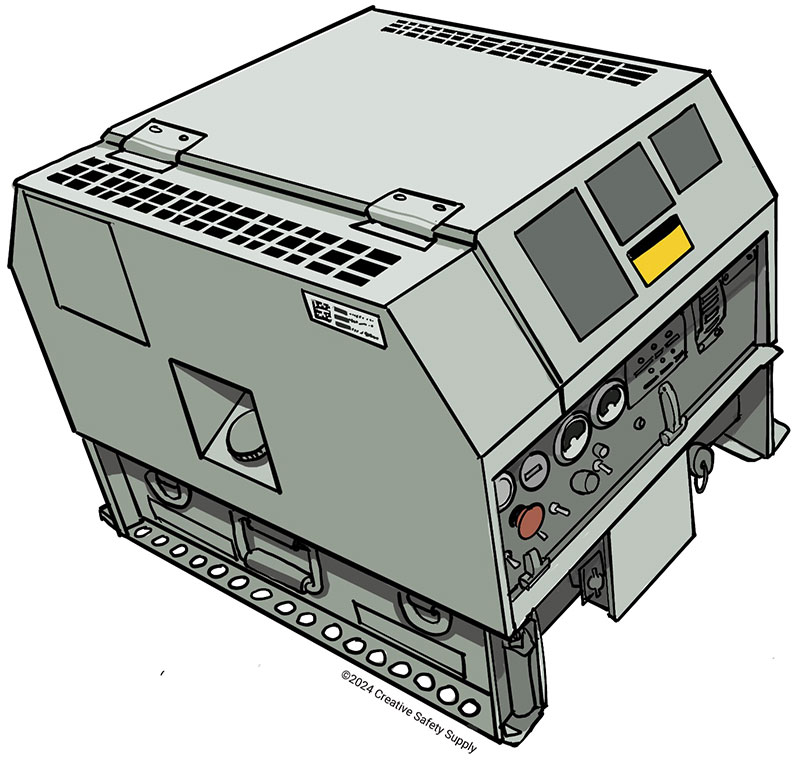
A UID, or Unique Identifier, is a string of characters, either numeric or alphanumeric, that is used to uniquely identify a specific entity within a system. This could be a person, a product, a piece of equipment, or any other item that needs to be distinguished from others. UIDs are essential for a variety of applications, including data management, security, and inventory tracking.

Origins and Evolution of UID
The need for unique identification, or UIDs, arose with the development of computer systems and databases, becoming crucial for distinguishing individual records and users as systems grew in complexity. This need has expanded with the advancement of technology, particularly in industries like logistics, healthcare, and manufacturing, where accurate tracking is vital. The widespread use of digital technologies and standardized coding systems has further propelled the adoption of UIDs.
UID in Various Industries
Manufacturing and Supply Chain Management
In the manufacturing sector, UIDs are integral for traceability, inventory management, and quality control. They enable precise tracking of components, ensuring that products meet quality standards and regulatory requirements. Additionally, UIDs facilitate efficient supply chain operations by enabling accurate identification and monitoring of goods throughout their lifecycle.
Healthcare
In healthcare, UIDs play a vital role in patient safety and quality of care. Unique identification codes are assigned to medical devices, implants, and pharmaceuticals, ensuring that each product can be traced back to its source. This traceability is crucial for recalls, regulatory compliance, and safeguarding patient well-being.

Military
The military extensively utilizes UIDs to track and manage equipment, weaponry, and assets under MIL-STD-129. Unique identification codes are applied to a wide range of military hardware, from vehicles to munitions, enabling precise inventory management, maintenance tracking, and strategic deployment. UIDs are invaluable in ensuring the readiness and effectiveness of military forces.
Benefits of Implementing UIDs
Implementing unique identifiers (UIDs) offers various benefits, mainly focused on improved data management, enhanced security, and streamlined operations. UIDs ensure data integrity by providing a globally unique and unambiguous identifier for each asset, eliminating confusion and duplication. This facilitates efficient tracking, traceability, and management of assets, especially in complex systems like those found in defense, healthcare, and manufacturing.
FAQs
Q: What is a UID?
A: A UID, or Unique Identifier, is a string of characters or a number assigned to a specific entity in order to uniquely distinguish it from other entities. It is commonly used in various systems, databases, and applications for identification purposes.
Q: Why are UIDs important?
A: UIDs play a crucial role in data management and organization. They ensure that each entity within a system has a distinct label, which is essential for accurate retrieval, tracking, and management of information. UIDs are particularly vital in scenarios where multiple entities may share similar characteristics.
Q: What are some examples of UIDs in different contexts?
A: UIDs can be found in various domains. Here are a few examples:
- In Computing: Universally Unique Identifiers (UUIDs) are commonly used to uniquely identify software components, files, or hardware devices.
- In Healthcare: Patient Identification Numbers (PINs) or Medical Record Numbers (MRNs) serve as UIDs to uniquely identify patients in healthcare systems.
- In Government: Social Security Numbers (SSNs) in the United States serve as UIDs for individuals.
- In Banking: Account Numbers and International Bank Account Numbers (IBANs) are used to uniquely identify bank accounts.
Q: How can UIDs be generated to ensure uniqueness?
A: Generating unique identifiers involves using methods that minimize the likelihood of collisions (i.e., two entities having the same UID). One common approach is to use algorithms that combine factors like time, randomness, and system-specific information to generate UIDs.

